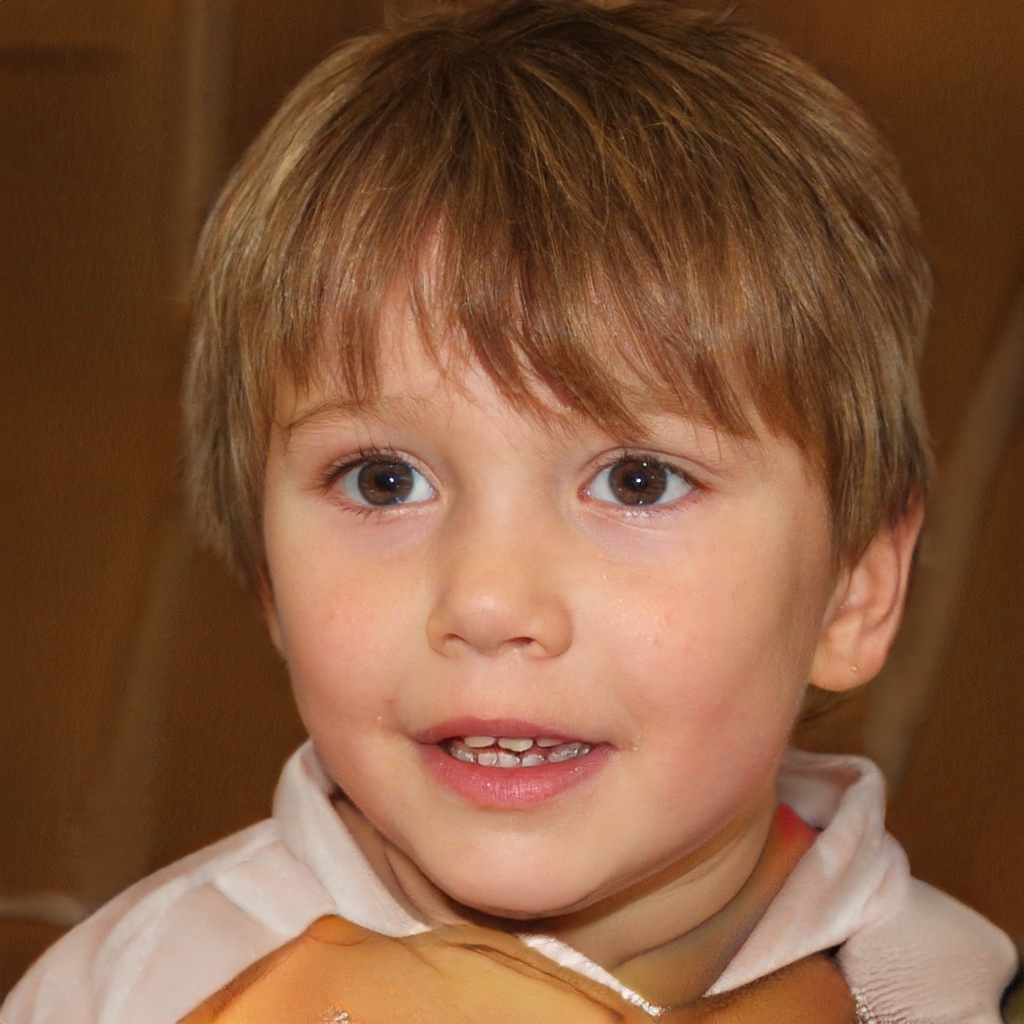Facebook has a beta app called Hotline: no one knows it but it's the answer to the very popular social Clubhouse.
That Facebook is working on an alternative app to Clubhouse, the now well-known new social based on voice, is something known for some time now. What's new, however, is that there's already a beta app: it's called Hotline and is being developed by Facebook's NPE (New Product Experimentation) team.
Discovering Mark Zuckerberg's new creature was Tech Crunch, which describes it as a mix between Instagram Live and Clubhouse because it allows creators to address their fans and receive questions in real time, both in the form of text messages and audio. The real difference with Clubhouse, however, would be the ability (for creators only and not fans as well) to turn on the webcam and go video as well as audio only. Also very interesting is the fact that the first tester to go live on Hotline was Nick Huber, an entrepreneur in the real estate market.
How will Hotline look like
The interface of Hotline, at least the one of the beta app, is very simple and similar to the one of Clubhouse: it's based on a bulletin board where all the live events appear and on rooms where you can see all the participants connected.
A very strange thing is that, always in the first beta, to subscribe to Hotline you need a Twitter profile and not a Facebook profile. The app, however, would seem to be aimed primarily at the business world: the creators Facebook is targeting are entrepreneurs.
Clubhouse seeks funding, but has turned down 4 billion
In the meantime, while others try to create the alternative to Clubhouse, the new social (which still works by invitation only and doesn't have an Android app, is looking for backers to expand.
According to Bloomberg, however, in recent months there was an attempt to buy it by Twitter, which was willing to pay Clubhouse much more than its market valuation: Jack Dorsey, CEO and founder of Twitter, was willing to spend up to $4 billion but, again according to Bloomberg, it was not considered enough.
